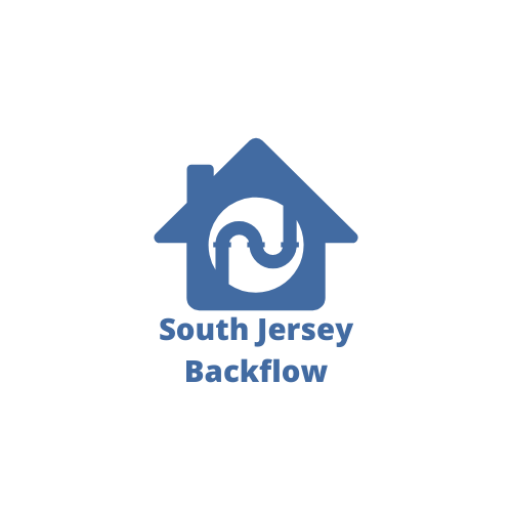Common Backflow Issues and How to Prevent Them
Backflow can compromise the safety of a property’s water supply, leading to contamination risks and regulatory violations. Understanding the most common backflow issues and how to prevent them is crucial for homeowners, businesses, and facility managers. This article outlines typical backflow problems, their causes, and the best strategies to ensure water safety.
What Causes Backflow?
Backflow occurs when water flows in the opposite direction of its intended path, potentially bringing contaminants into clean drinking water. The two primary causes of backflow are:
- Back-Siphonage: A sudden drop in water pressure creates a vacuum effect, pulling water from non-potable sources into the potable supply.
- Back-Pressure: When downstream pressure exceeds the supply pressure, contaminated water can be forced back into the clean water system.

Common Backflow Issues
1. Failing Backflow Prevention Devices
- Cause: Over time, backflow preventers can deteriorate, leading to leaks and malfunctions.
- Prevention: Annual testing and maintenance by certified professionals ensure these devices function correctly.
2. Incorrect or Improper Installation
- Cause: Improper installation of backflow prevention devices can compromise their effectiveness.
- Prevention: Always hire a certified technician to install and inspect backflow prevention systems in compliance with New Jersey regulations.
3. Water Main Breaks and Pressure Drops
- Cause: Water main breaks, high demand from firefighting efforts, or municipal repairs can cause pressure drops, increasing the risk of back-siphonage.
- Prevention: Installing a reliable backflow preventer minimizes the impact of sudden pressure changes.
4. Cross-Connection Contamination
- Cause: Unprotected cross-connections, such as garden hoses submerged in pools or chemical tanks, allow contaminants to enter the water supply.
- Prevention: Use hose bib vacuum breakers and avoid direct connections between potable and non-potable water sources.
5. Aging or Corroded Plumbing Systems
- Cause: Old or corroded pipes can lead to leaks and reduced pressure, increasing the likelihood of backflow.
- Prevention: Regular plumbing inspections and maintenance help identify and resolve potential risks.
6. Neglected Annual Testing and Maintenance
- Cause: Backflow prevention devices require routine testing and maintenance to ensure proper operation.
- Prevention: Schedule annual backflow testing with South Jersey Backflow to remain compliant with NJDEP regulations and local municipal requirements.
How South Jersey Backflow Can Help
At South Jersey Backflow, we specialize in preventing and addressing backflow issues for residential, commercial, and industrial properties throughout New Jersey. Our services include:
Certified Installation and Repair
Ensuring that backflow preventers function correctly and comply with state regulations.
Annual Testing and Inspections
Preventing failures and maintaining water safety.
Emergency Services
Addressing urgent backflow issues to protect your property and public health.
Conclusion
Backflow issues can pose serious health risks and lead to regulatory violations if not properly managed.
By understanding common problems and taking preventive measures, property owners can ensure a safe and compliant water supply.
Contact South Jersey Backflow today to schedule an inspection or annual testing to keep your water system secure.

